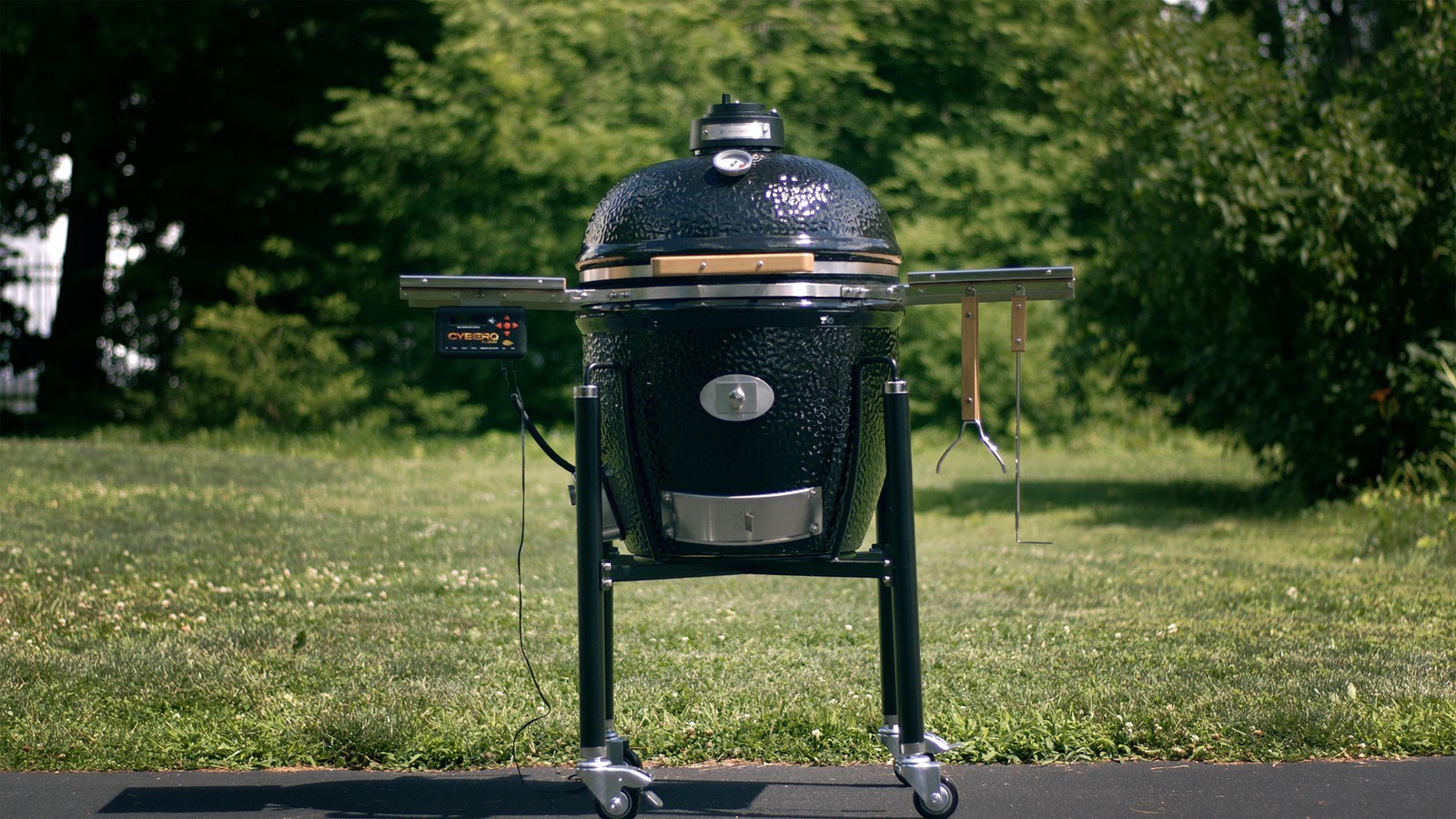savvy shopper
Gas vs. charcoal grills: Still a heated debate





When it comes to outdoor grilling, there’s usually a hard line between gas grill fans and those who love charcoal.
Most professional chefs and cooking enthusiasts favor charcoal, saying the sear and flavor produced by charcoal are superior. But chefs admit gas grills can’t be beat for ease, convenience and keeping temperatures constant, especially helpful for newbies and time-pressed cooks.
Torn about what type of grill to buy? Neil Murphy, executive corporate chef at Merriman’s Restaurants Hawaii and a former chef at New York’s Park Avenue Cafe, says to think about what you like about this type of eating and your cooking habits.
“What are you cooking, what do you want to achieve, what kind of eating experience do you want and do your guests want?” he says.
A dependable ignition system makes the unit easy to light, and a thermometer in the middle of the lid takes the guesswork out of temperature. A good grease-management system will channel fat into a disposable container to prevent grease fires or messes that attract rodents. Stainless steel or cast-iron cooking grates are a must.
“The grate is surprisingly important; it’s what you’ll be cooking on. … Some of them have soft metal that will bend and warp over time,” Purviance said, adding that hot grates help impart a sear.
Murphy, who uses both charcoal and gas grills at his restaurants, recommends buying the highest-BTU unit available to ensure a hot grill.
“To me, that’s the selling point. My mom has this old gas grill, and it’s like you’re steaming the meat; just doesn’t get hot enough,” he says, adding that wood chips can help impart a smoky flavor otherwise missing in gas grills.
Gas grills can cost more, even on the budget end. Murphy says he’s a fan of Weber grills at any price point because they last. Other highly rated brands in internet barbecue forums on the budget side are Kenmore and Huntington (starting at around $150-$200) with three or four burners.
A midrange gas grill will have more burners and might have a sear station for a super-hot zone, a gas gauge on the tank and lights for night cooking, Purviance said. Well-appointed midrange grills start around $650 and can go up to about $1,500. At that price, homeowners have options, such as hooking up to their home natural gas line and not having to deal with propane tanks. Aside from Weber, Char-Broil and Broil King offer several varieties in the midprice range. For cooks willing to spend $2,000 and more, Weber, Viking, DCS and Kalamazoo Outdoor Gourmet have gas grills with lots of dreamy accessories.
“I’d say you can do 90 percent of what you want to do on a plain charcoal grill,” she said. “You don’t have to have these big fancy rigs to make great products.”
Charcoal grills are budget friendly, with durable grills available for $100 or less, such as the Weber Smokey Joe ($34.99).
Murphy says at home he uses a Weber charcoal grill, and for fun he uses a Schwenker, a German-style tripod grill (Serenity Health, $69) with a hanging grate that is gently swung back and forth by the chef for a rotisserie effect.
Midrange charcoal grills start around $200, and some will offer an offset smoke box, Cookston said. Kingsford, Weber and Char-Broil are some respected names in this midrange category.
At the high end are ceramic grills, also known as kamado grills, which are extremely versatile. Big Green Egg ($849, 18.25-inch model) is well-known, and Monolith offers a Wi-Fi-connected version ($1,399).
“You can cook pizzas on them, you can bake cakes; you get that deflector plate and can do just about anything,” she said.


 PREVIOUS ARTICLE
PREVIOUS ARTICLE
